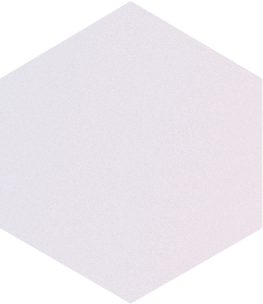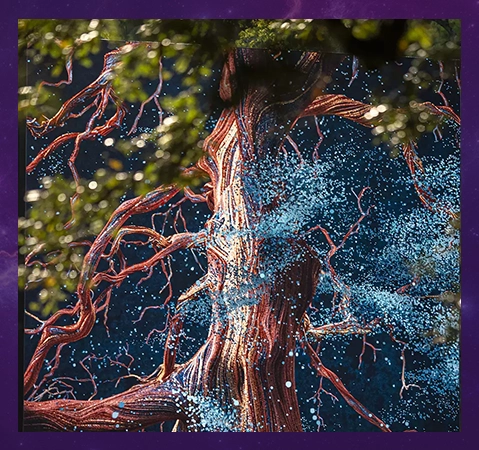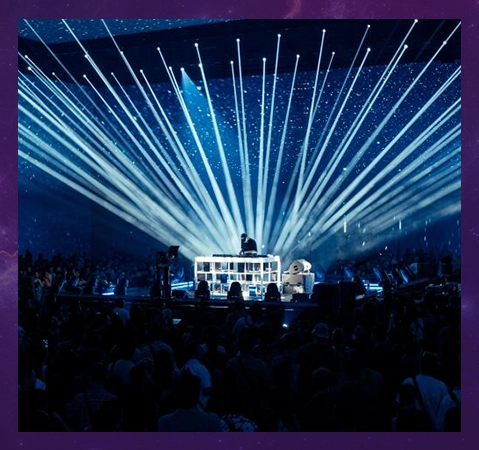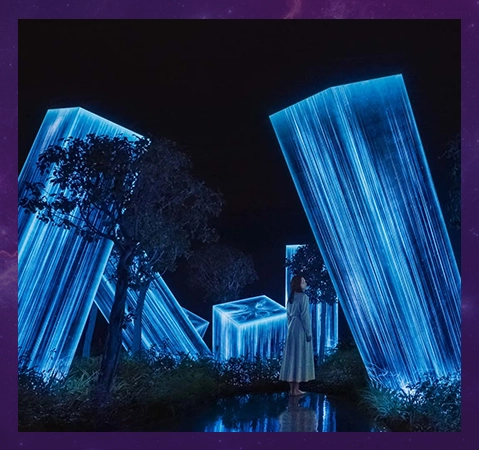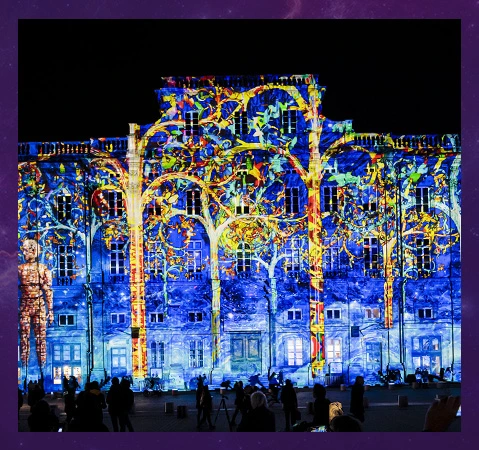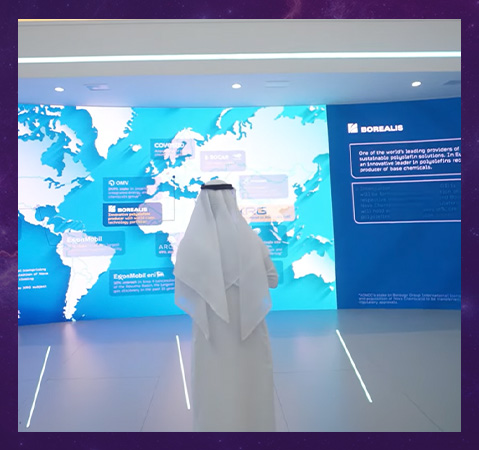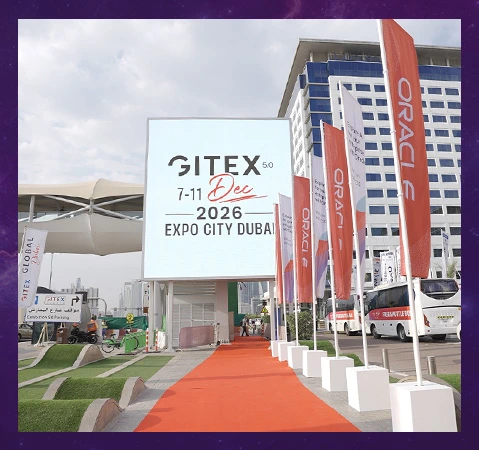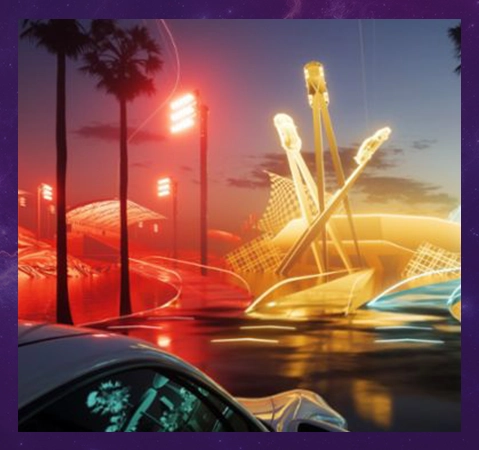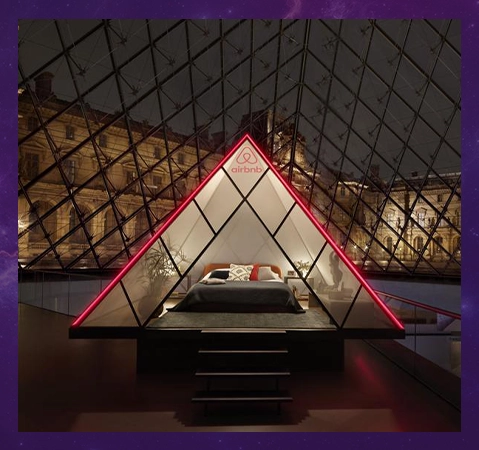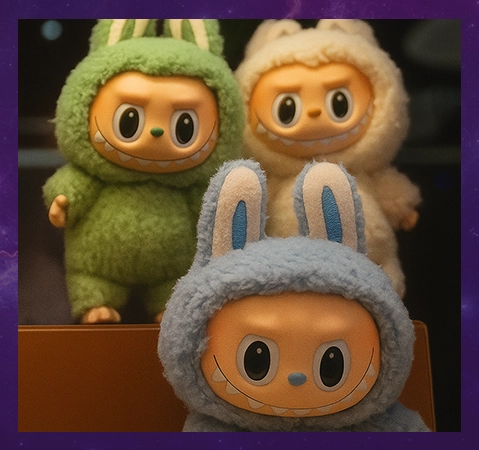
Different Types and Applications of Experiential Technology
share

Experiential technology is a very effective technique for producing immersive and captivating experiences in many businesses within the rapidly changing digital environment of today. It surpasses the restrictions of conventional interfaces, generating multi-sensory and interactive encounters that engage users and redefine our interactions.
It revolves around evoking strong emotions, arousing curiosity, and generating unconventional experiences that have a long-lasting impact. However, what really constitutes this captivating technological environment?
Table of Contents
The fundamental components of experiential technology
Experiential Technology: A Revolution Across Industries
Now, we will get into the types of experiential technology and explore how they might be used to bring about significant changes in different fields:
The fundamental components of experiential technology
Experiential technology involves creating immersive and interactive experiences that captivate consumers by stimulating several senses. This is not only the future; it is the thrilling actuality of experienced technology.
Experiential technology is composed of several components and technologies that collaborate to provide engaging and interactive experiences. Several essential components include:
1. Virtual Reality (VR)
Virtual reality refers to a computer-generated simulation of a three-dimensional (3D) environment that can be interacted with using special electronic devices, such as headsets or gloves. VR is a technology that generates virtual worlds for people to explore and engage with. It provides a captivating experience with integrated displays or projected visuals. The technology may further boost sensory engagement by integrating motion tracking, auditory stimuli, tactile feedback, vibrations, and temperature changes.
2. Augmented Reality (AR)
Augmented reality is a technological innovation that superimposes digital components onto the physical environment, allowing users to perceive them via a smartphone or specialized eyewear. For instance, augmented reality enables you to visually experiment with various haircuts or imagine the location of furniture in your house prior to making a purchase.
3. Mixed Reality (MR) and Virtual Production (VP)
Mixed Reality (MR) and Virtual Production (VP) are two technologies that combine elements of the real world with virtual elements to create immersive experiences. They let users engage with virtual items while staying in their actual physical environment. Notable examples include the Magic Leap headgear, an advanced device that enables users to see and interact with digital objects, as well as virtual reality for holographic worlds. These technologies provide a range of opportunities, such as surgeons honing their skills using holographic models in mixed reality or architects editing 3D building designs in virtual production.
4. Kinetic Displays
Kinetic displays use motion sensors, actuators, and other components to generate dynamic shows. Envision mesmerizing art pieces that respond to your motions or interactive shop displays that animate with a simple touch.
5. Multimedia Content
Multimedia content integrates many media components, such as music, video, text, and images, to provide a more immersive and captivating encounter. Think of museum exhibitions that fully engage visitors with interactive touchscreens, compelling films that transport viewers to the center of the action, or live events including coordinated lighting displays and enticing projections.
6. Robotics
Robots have transcended the boundaries of science fiction. They are infiltrating several facets of our lives, assuming a wide range of functions. Inside the realm of experiencing technology, one might imagine contributing to customer service duties, offering companionship to the elderly, or even executing intricate operations inside industrial environments.
7. 3D Mapping and Holograms
Three-dimensional or 3D mapping technology generates digital representations of real environments or things. This creates opportunities for applications like architectural design, where customers may digitally examine building models prior to the commencement of construction. Holograms, in contrast, emit three-dimensional light fields, generating the impression of tangible things suspended in the air. Imagine seeing holographic commercial presentations or interactive museum exhibitions that employ holograms to display historical objects.
Experiential Technology: A Revolution Across Industries
The use of experiential technology is revolutionizing our interactions with our surroundings. It surpasses static exhibits and basic pamphlets, generating captivating and engaging encounters that captivate consumers on a more profound level.
Consider Sentient By Elysian, which specializes in immersive and experiential technologies, as an illustrative example. At Sentient By Elysian, we use this technology to transform diverse sectors such as education, healthcare, retail, tourism, and others. Below are a few examples:
- Interactive Installations: At Sentient By Elysian, we offer interactive exhibits that integrate mechatronics, multimedia information, and human interaction, specifically designed for teaching environments. For example, students can use the technology to research intricate ideas via experiential learning, enhancing the educational experience by making it more captivating and efficient.
- Interactive Healthcare Settings: Hospitals and clinics use our experiential technology to create interactive exhibits that provide patients with information about their medical issues and treatments. This enhances patient involvement and compliance with treatment protocols.
- Smart Retail Environments: Ignore the presence of stationary mannequins often seen in retail stores! Now, imagine retail shops equipped with sensor-driven displays that tailor product suggestions based on consumer preferences.
- Data Analytics Integration: Companies can use data analytics to get significant information from user interactions using our experiential technology installations. Subsequently, this data may be used to enhance marketing tactics, enhance consumer experiences, and facilitate data-driven decision-making.
- Sustainability Integration: Our team of creative experts integrates sustainable principles into the design, manufacture, and operation of our products in response to the increasing need for eco-friendly solutions. This guarantees a less ecological footprint.
- Luxury Event Experiences: At Sentient By Elysian, we elevate exclusive events to a whole new level with custom digital art installations. We use state-of-the-art technology to create unique and visually stunning experiences that leave a lasting impression on clients.
- Interactive Cultural Exhibits: Museums and cultural organizations can use our experiential technology to enhance the presentation of historical information. Our interactive displays use captivating multimedia presentations to display historical items and legacies, enhancing accessibility and enjoyment for individuals of all ages.
- Augmented Reality or Virtual Reality Training Simulations: Government agencies can also use our virtual reality training simulations to enhance their capabilities in important areas like emergency response, public safety, and crisis management. These simulations provide authentic and engrossing training experiences that equip workers for real-life situations.
- Health and Wellness Experiences: Wellness centers, spas, and hospitality settings have the ability to create sensory experiences using Sentient By Elysian’s interactive installations that encourage relaxation and enhance overall well-being.
- Inclusive Design Initiatives: With a focus on inclusivity, Sentient By Elysian prioritizes accessibility in its design process to ensure that its works are suitable for varied audiences with different abilities.
- Government Exhibitions: Our exhibition design services assist government agencies in creating powerful displays that successfully convey public awareness campaigns and educational programs.
Overall, Sentient By Elysian is a prominent company specializing in experiential and immersive technology. We merge human creativity with state-of-the-art technology to produce top-notch animations for Agile events. This involves the establishment of an animation studio that produces animations that can be easily included in the workflow, making them well-suited for presentations, demonstrations, and team-building activities.
In addition, we promote a harmonious collaboration between humans and technology by providing user-friendly artistic tools, enabling individuals of different backgrounds to participate in the creative process. Sentient By Elysian, being a data-driven firm, utilizes data analysis to forecast trends and proactively address requirements, hence customizing solutions and optimizing return on investment.
Bottom Line
Experiential technology has a wide range of applications that improve consumer engagement, increase brand recognition, and revolutionize established business models in numerous sectors. Experiential technology, including augmented reality, virtual reality, mixed reality, virtual production, robotics, 3D mapping, and interactive installations, can produce immersive and captivating experiences that make a lasting impact on audiences. With the ongoing advancement of technology, the potential for experiential technology is limitless, presenting fresh prospects for innovation in several industries.
Join Sentient By Elysian on its journey to revolutionize the experiential technology industry.

